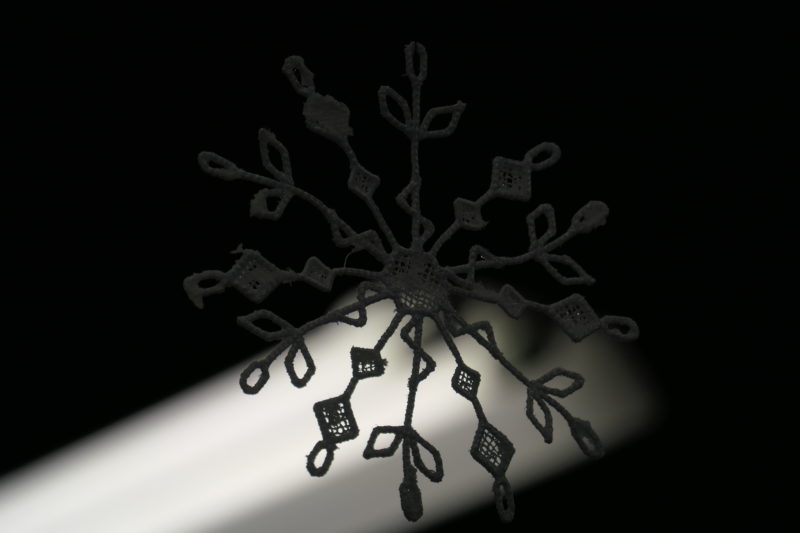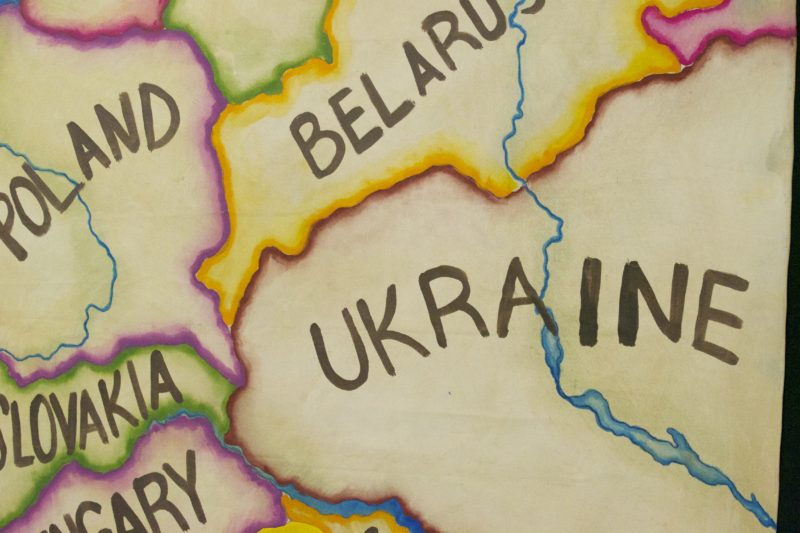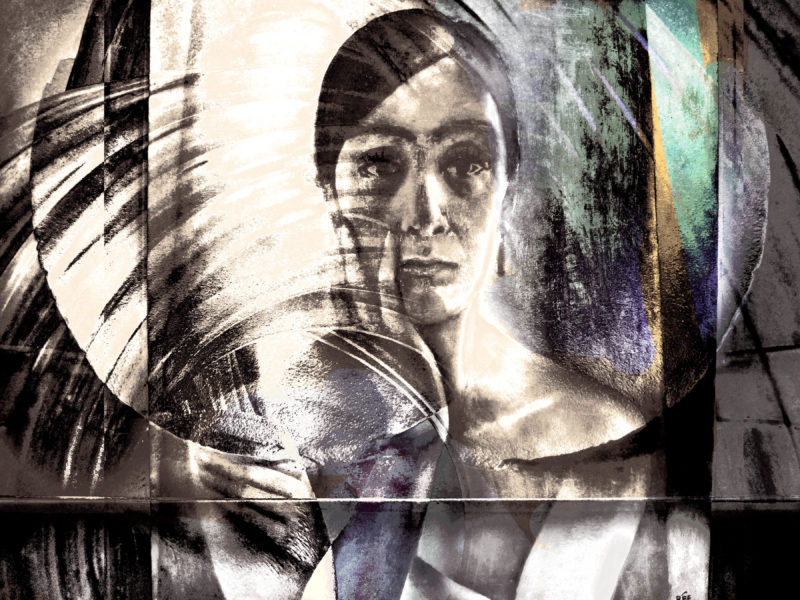I literally just started a novel, Americanah by Chimamanda Ngozi Adichie. Reviews were reportedly stellar, my friends urged me to read it, a kind one gave the book to me and now it is also a community reading project by the Multnomah County Library.

(I have not read the review attached below (or any review), since I want to be open to my own discoveries, but usually The Guardian has good takes.)https://www.theguardian.com/books/2013/apr/15/americanah-chimamanda-ngozi-adichie-review
In the first 6 pages I learned that the protagonist currently lives in Princeton, NJ and is on the verge of going back to her homeland of Nigeria. She seems to be a witty person, rather successful at blogging in perceptive and ironic ways about the people she encounters. She has also decided to quit blogging because “… she began, over time, to feel like a vulture hacking into the carcasses of people’s stories for something she could use. … The more she wrote the less sure she became. Each post scraped off yet one more scale of self until she felt naked and false.”

I have no idea where this will end up; if the ambivalent nature of being a stranger in a strange land contributes to her dilemma; if race and racism plays a part, as is seeming, or fat shaming, or a preoccupation with the past. I am struck by how much she is already a character in my head, making me curious about her moves, annoyed at her willingness to give something up that obviously taught others even if it was hard on herself.

Which leads to two thoughts: for one, Adichie clearly deserves her reputation as an engaging novelist. Secondly, I am thinking about her novel’s blogger in contrast to a real-life writer, long dead, long mourned. Molly Ivins is back in my head because of a documentary about her and her life that just ran to rave reviews at Sundance Film Festival. Here was a writer and political columnist (the old-fashioned way of having a regular piece out) devoured by a devoted readership or loathed by her targets. She defied any expectation for what an upper-class Texan female should become and honed in on an acerbic writing style skewering the right and calling to arms against conceited politicians, a rigged system and unfairness.

She didn’t last long at the NYT which shied away from her progressivism, but her column was eventually syndicated by more than 400 newspapers. I remember listening to her on the radio and laughing tears at her wit, while also feeling comfort that some one that smart could succinctly describe an outrage, laying out all the useful arguments, while making me laugh.

She was able to keep her humor intact even when she was diagnosed with the disease that killed her in no time: “On a personal note: I have contracted an outstanding case of breast cancer, from which I intend to recover. I don’t need get-well cards, but I would like the beloved women readers to do something for me: Go. Get. The. Damn. Mammogram. Done.” And later: “Having breast cancer is massive amounts of no fun. First they mutilate you; then they poison you; then they burn you. I have been on blind dates better than that.”
Time Magazine, Who Needs Breasts, Anyway?, Feb. 18, 2002.

While facing grueling treatment she never gave up on her mission to hold politicians responsible for their action and calling them on their failures, particularly with regard to decisions about war and economic disenfranchisement of the working class. Her columns did not “scrape off yet one more scale of self” as I cited above, but instead were emanations of a lucid mind bend on teaching us all about justice. Raise hell – one of her favorite expressions – she did. I wish we had more of those. In the age of Trump she would have been each morning’s salvation….
Photographs today are some random shots from from Texas, Ivins’ home state..









































































